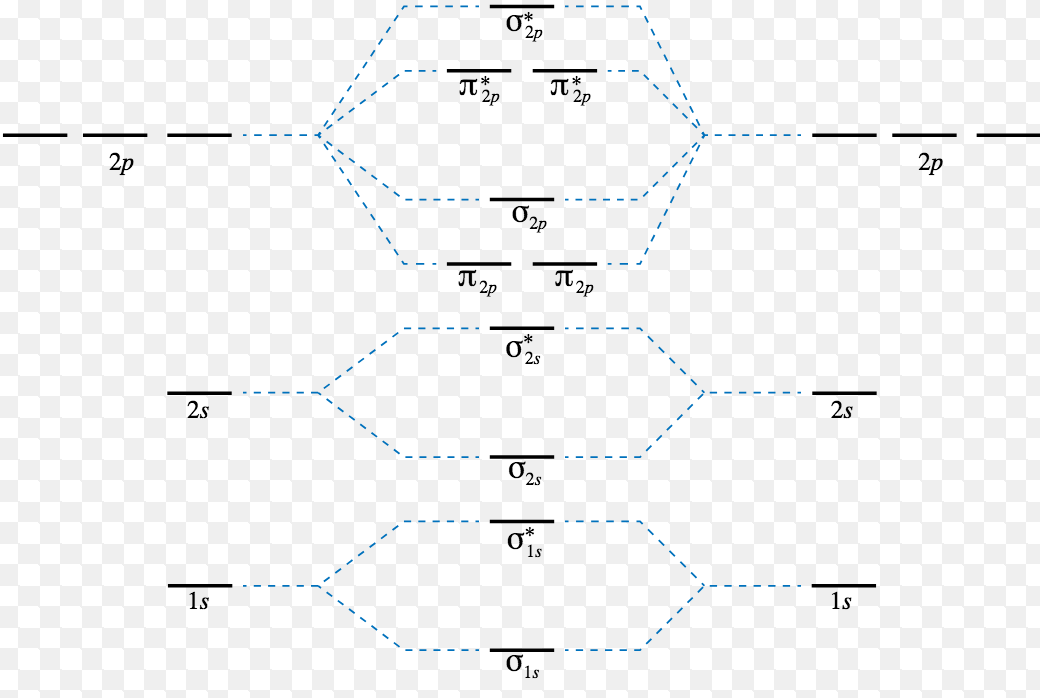

So we're gonna use our 21 s orbital for two electrons or two S electrons for two more our 32 P orbital's. Now we're going to need a little bit more than a two P orbital to complete this diagram. And that is the complete orbital diagram for beryllium moving out to sea or sodium sodium has an atomic number of 11 As before, the number of protons equals the number of electrons in a neutral species. So we do one up arrow and one down arrow. And so therefore we need to add two arrows to show that. We're gonna have a downward arrow here, which represents the second electron for to us in our second period, beryllium is the second electron. With huns rule, we're going to pair one electron in the one s orbital, which represents the first electron. So if we have four electrons, we only need these two orbital's using the same logic as before. Remember that each orbital can hold two electrons. And so we're actually only gonna use the one s orbital and the two s orbital. And so we have four electrons to work with. And so according to our rules that we discussed before, the number of protons is going to equal the number of electrons in a neutral species. We see that beryllium has an atomic number of four. And so now we have our complete orbital diagram for neon Moving on to B or Beryllium. And so therefore according to Huntsville, we go 123 upward arrow and we're going to pair them up 45 and six. We have six electrons and neon so happens to be the sixth electron in the p orbital. So we're going to go ahead and move on to our two P for R two P. Once again, we only have two electrons in that orbital in that period. Now we move on to the two S block and that's going to be period two of the periodic table. This represents the first electron in the one S block and this donna area represents the second electron in the one in the one S block. So we can fit two electrons in each orbital. According to Hunt's rule when filling out these orbital diagrams, we must first fill each orbital once before pairing up that electron. So we're going to have a one s orbital a two S orbital and a two P orbital that has three different orbital's within it. And so now we want to draw an outline of our diagram.

We will also have 10 electrons to work with. And so since the atomic number is 10, we have 10 protons. And so in a neutral atom the number of protons is going to equal the number of electrons. And the atomic number is directly related to the number of protons and electrons. So we're gonna start off with neon here and neon has has a periodic number or an atomic number of 10. We have been given four different elements belonging to the 2nd and 3rd periods of the periodic table, were then being tasked to draw a complete orbital diagram for each of them below. You shouldīe able to identify both ground and excited state electron configurations.Įxample 1 : What is the ground state electronĪnswer : Carbon is the 6th element in the periodic table, hence the atomic number Z = 6, and therefore has 6 electrons.Hello everyone today.
As element orbital diagram how to#
You should be familiar with how to determine an electronĬonfiguration for an atom and identify the valence electrons. the electrons which travel furthest away from the nucleus) and the highestĬore electrons are electrons that under 'normal'Īre chemically inert and are in the completely filled inner energy levels. Valence electrons are the electrons utilised for bonding. An excited state configuration is a higher energy arrangement (it requires energy input to create an excited state).


 0 kommentar(er)
0 kommentar(er)
